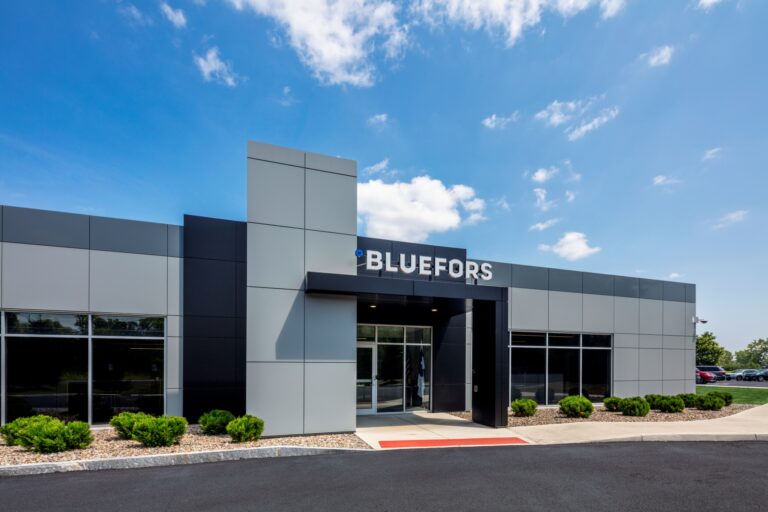
Sustainability
Environment
We recognize the environmental challenges inherent in our manufacturing processes, and we are committed to mitigating these impacts. We focus on key areas such as reducing greenhouse gas emissions across our supplier network and addressing energy consumption throughout our products’ manufacturing, testing, and usage phases. We are directing our environmental sustainability efforts toward two key areas: climate and circularity.
Climate
Regarding our climate impact, our overarching goal is to reduce greenhouse gas emissions across the entire value chain. This involves targeting both our direct emissions (scope 1) and the indirect emissions (scope 2 and 3) generated upstream and downstream. With an action plan for addressing the three emission scopes, we seek to minimize our overall environmental impact.
Greenhouse Gas Emission Scopes
Scope 1 Emissions
Scope 1 covers all direct emissions – emissions from sources (assets and operations) that we own or directly control. These include company facilities and company vehicles.
In Helsinki, scope 1 emissions are zero. In Syracuse, work has started toward the same goal. In 2023, Syracuse scope 1 emissions were 0.039 metric tons of CO2 equivalent.
Scope 2 Emissions
Scope 2 covers indirect emissions from the energy inputs that power our operations. This involves emissions related to the generation and consumption of electricity, steam, heating, and cooling.
We aim to minimize scope 2 emissions by setting reduction targets. The initial steps towards this goal have included improving the energy efficiency of our facilities. For instance, in Helsinki, a newly installed heat recovery system redirects excess heat from our production processes to the facility’s heating needs. This system has cut the need for purchased heating energy, significantly reducing scope 2 emissions.
In 2023, Helsinki scope 2 emissions were 286 metric tons of CO2 equivalent, while Syracuse scope 2 emissions were 1100.47 metric tons of CO2 equivalent.
Scope 3 Emissions
Scope 3 covers emissions from sources we indirectly affect through our value chain, including both upstream and downstream activities. For example, emissions related to suppliers, transportation, and product usage all fall under scope 3.
Measuring and managing Scope 3 emissions is a complex, but important task. For Bluefors, like most manufacturing companies, the majority of our emissions come from Scope 3. Given its extensive coverage, this scope also offers the greatest potential for achieving substantial emission reductions.
Addressing emissions in scope 3 is a key focus for us, and work toward this goal continues.
Circularity
Our goal is to integrate circular economy principles into our operations. In product development, this means “designing out” waste by optimizing material use, increasing energy efficiency, and designing modular, upgradeable products. Another key principle is keeping products and materials in use for as long as possible. We aim to extend product lifecycles through refurbishment and predictive maintenance. By sharing knowledge with our customers on optimal system use and maintenance, we can further amplify positive impacts.
To improve the circularity of our operations, we also work to reduce waste generation and energy consumption in our production processes and our facilities. To reach this goal, we are monitoring waste generation and working to increase recycling rates. Improving the energy efficiency of our facilities is also a priority for us, as this plays a critical role in reducing our scope 2 emissions.
Certification
ISO 14001:2015 Certification
Bluefors’ dedication to managing its environmental impact is recognized through the awarding of the ISO 14001:2015 certification. This globally recognized certification affirms our commitment to the highest standards of environmental management, as well as our commitment to minimize our environmental impact.
Bluefors Oy was officially awarded the certification by LRQA on February 15, 2023.
Bluefors Cryocooler Technologies Inc. was officially awarded the certification by NSAI on November 13, 2024.

See Also

Social Responsibility
We value our employees and prioritize their well-being, fostering a diverse and inclusive work environment.

Governance
We believe good governance and ethical conduct are essential for building trust and fostering long-term relationships with our stakeholders.

Suppliers
We work actively with our suppliers and maintain close relationships to ensure smooth cooperation and efficient processes.

Policies and Certifications
Explore the key policies and certifications of Bluefors to learn more about how we operate and what we stand for.





